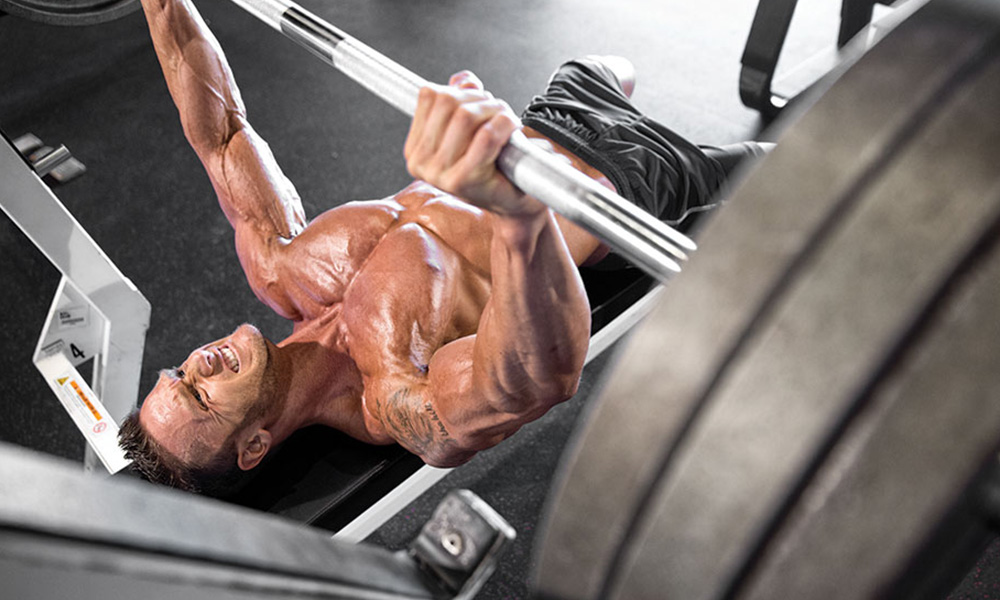

This question crosses my mind every time a Quarterback gets sacked and breaks their collar bone. My point of reference is Nick Foles, QB for the Jacksonville Jaguars. He broke his collar bone in the first game of the 2019 NFL season.
When it comes to strength training, you might not think that one of the quarterback’s most essential lifts would be the bench press exercise. However, it is absolutely essential for them to do some form of bench press because the improved development of the chest muscles will protect the collar bone and the sternum. Muscles are like shock absorbers. When the quarterback is thrown to the ground, nine times out of ten, he hits the ground upper body first. Strength and good development of the chest muscle (using the bench press), is the best “protector” of the collarbone when getting slammed to the ground.
.
.
The bench press exercise not only improves the chest; it also strengthens the pecs, shoulders, and triceps. Digging deeper we will find more reasons to validate why the bench press exercise should not be overlooked – especially for such a skilled position as the quarterback. The chest and clavicle (collarbone) region is also referred to as the “Pec Girdle” (see below). The chest or pec muscles arise at the 1/3 medial position of the clavicle and run down the sternum. This is a good indicator of a muscle being able to protect the collarbone/sternum region.
.
.
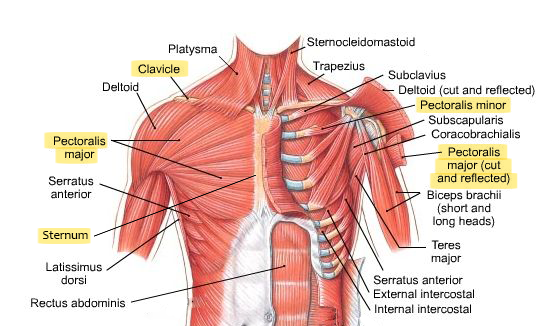
.
.
The chest muscles are involved in rotating the upper arm outward, i.e. when the quarter draws back his arm to set up the pass (known as “retroversion”) and then brings the arm forward toward the body (“anteversion” ). This combination of movements is considered the most important function of the chest muscles.
.
.
The chest muscles have a little brother called the pectoralis (pec) minor. This muscle lies underneath the pectoralis (pec) major. It protects the ribs – another part of the body that often gets injured among quarterbacks. The chest press exercise also strengthens the pec minor. More specifically, the dumbbell version and the incline bench press.
.
.
The pec minor muscle function is what is referred to in Biomechanics as the “depression” of the shoulder girdle. Simply put, when a quarterback brings his arms inward along with the shoulders to protect himself. The pec minor is also activated to protect the ribs.
.
.
My first recommendation for QB strength training would be the bench press w/dumbbells and the incline bench press. The dumbbell version will decrease the stress around the shoulder joint area which will minimize any over-training to the shoulder region so as not to affect his skill throwing work.
.
.
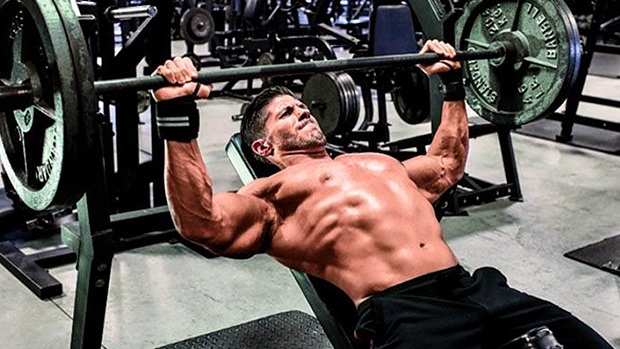
.
.
Secondly, I would advocate heavier lifting of 6-8 reps in order to stimulate muscle growth.
.
.
As a sports trainer, I hate hearing of quarterbacks getting sacked and breaking a collarbone, especially when the quarterback’s upper body seems thin or underdeveloped. There is no guarantee a QB will not injure his upper body, even if his development is good. However, the athlete must take every precaution and not neglect his upper body training. Good strength and upper body development are mandatory to protect himself and his career.
.
.
Written by: Ramsey Rodriguez
Check out this link: https://www.espn.com/nfl/story/_/id/27568751/jaguars-foles-breaks-clavicle-indefinitely






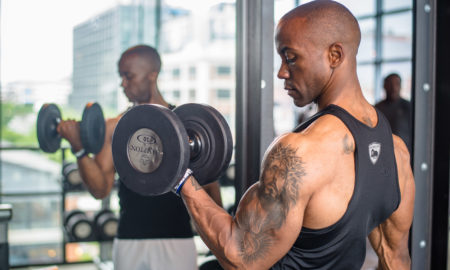
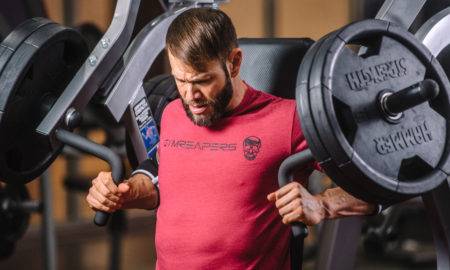












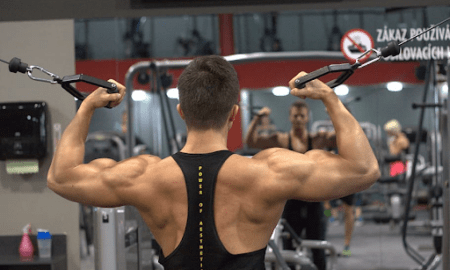
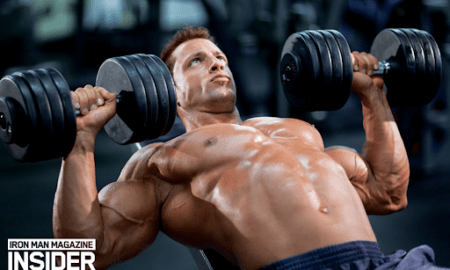
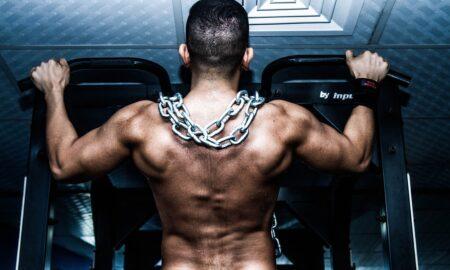
You must be logged in to post a comment Login